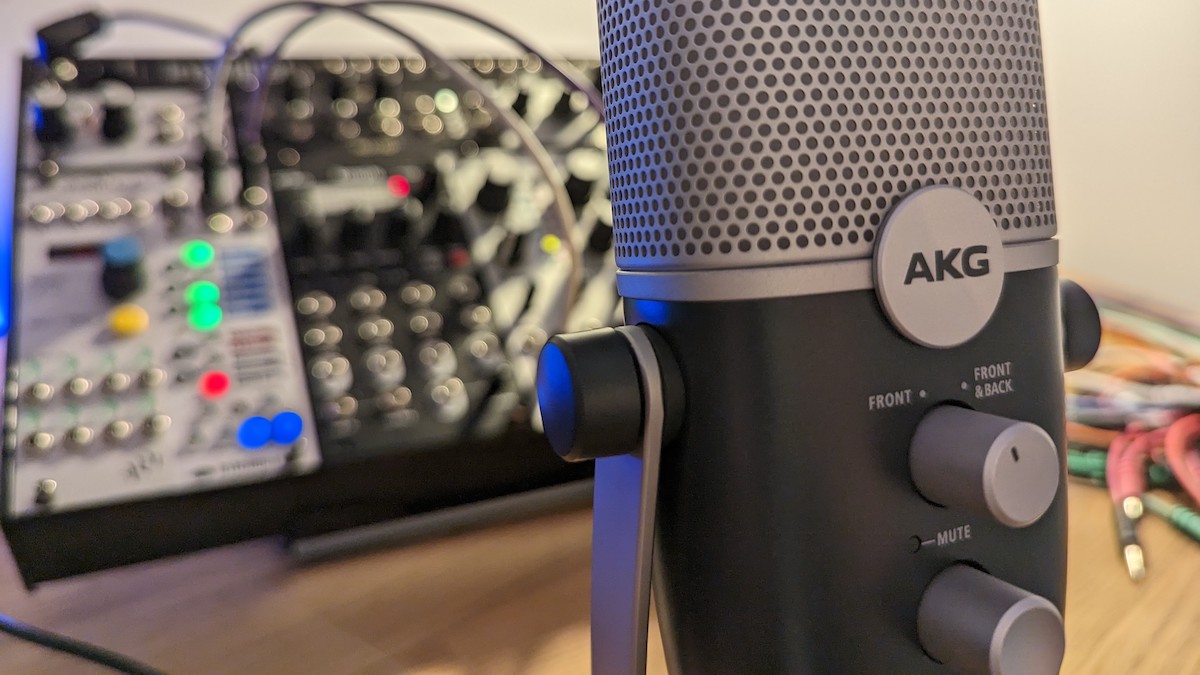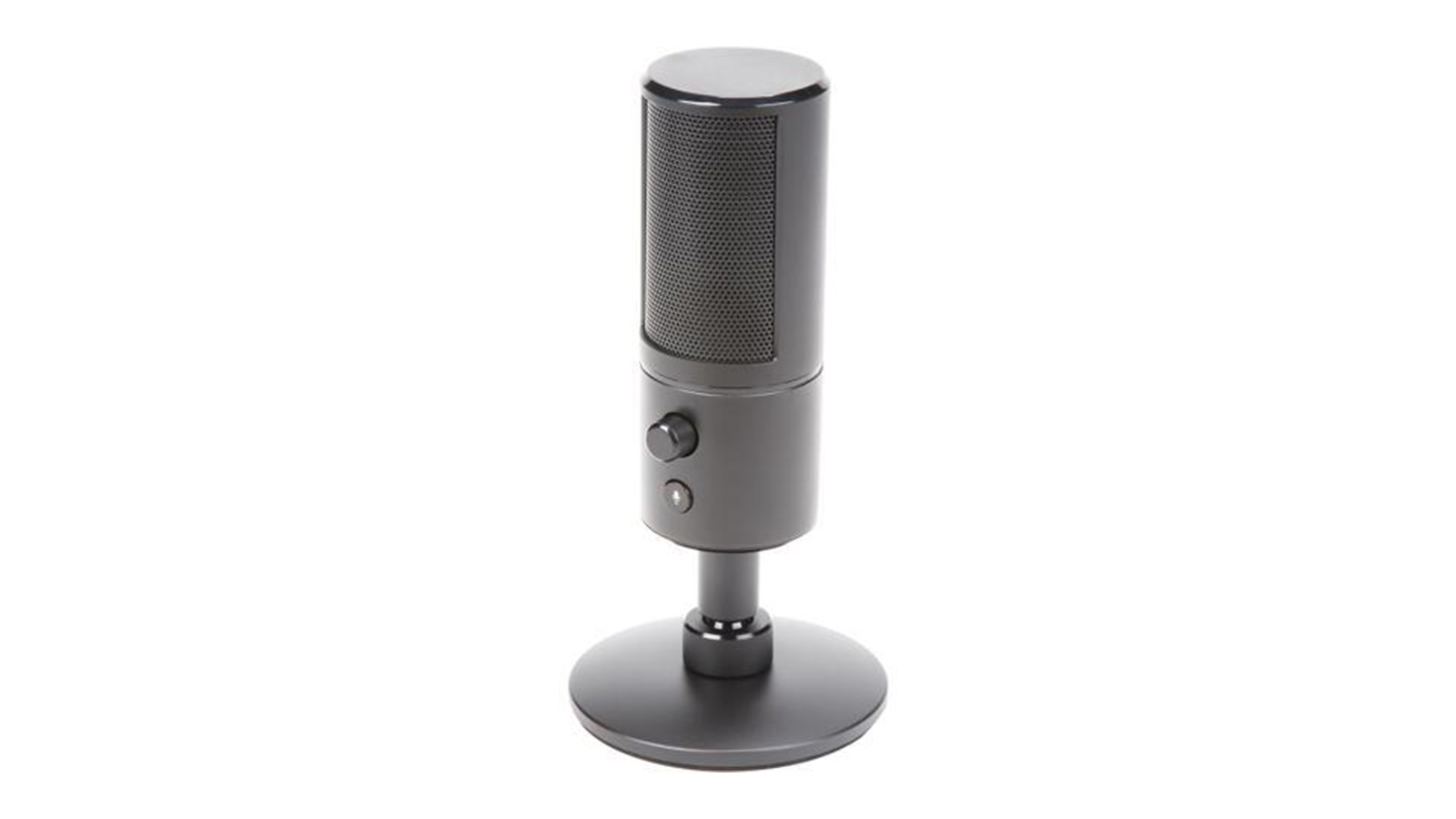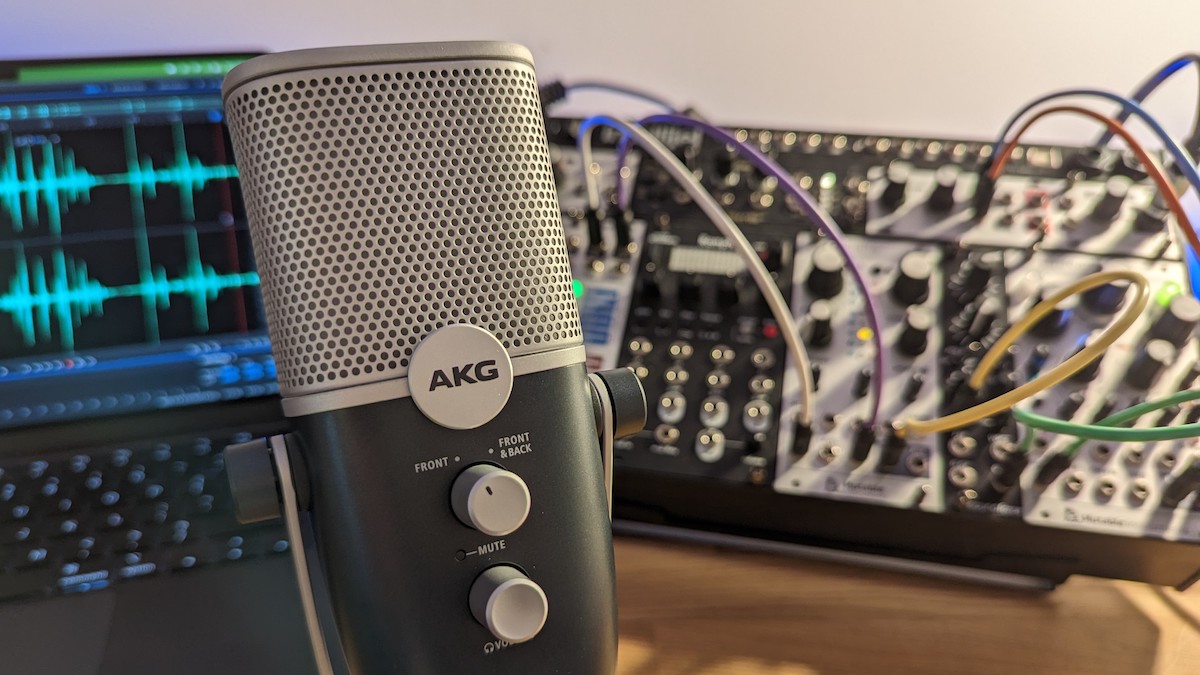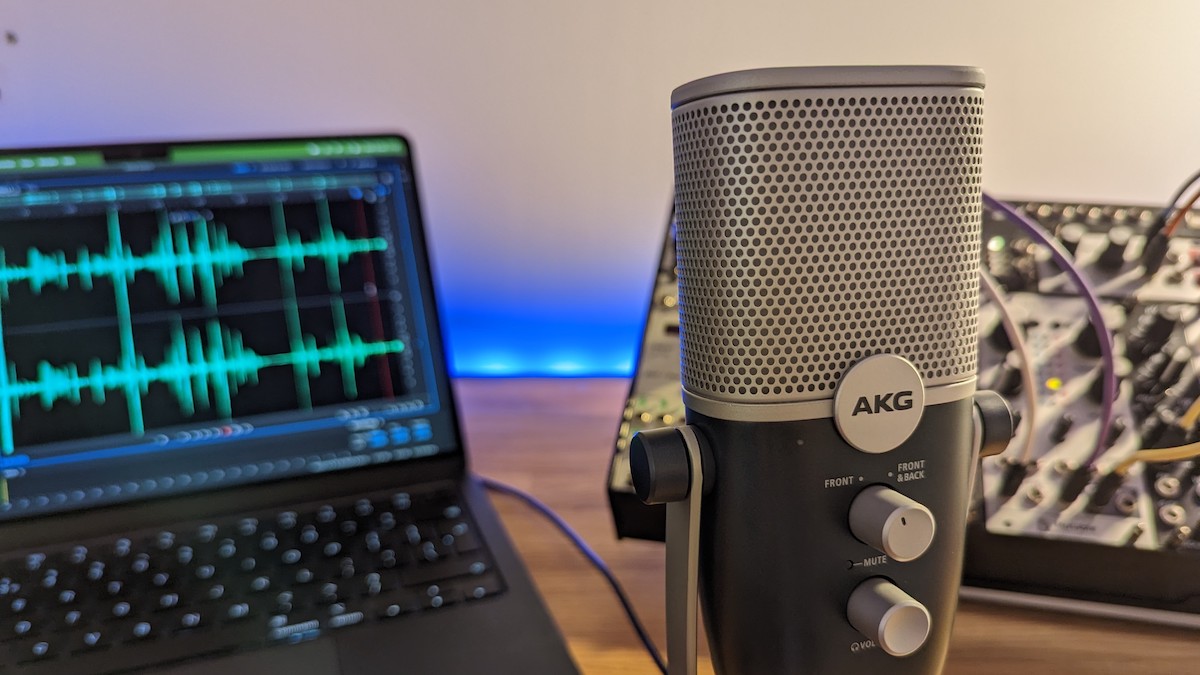MusicRadar Verdict
What the AKG Ara lacks in fancy features or add-on smarts, it more than makes up for with its simplicity and ease of use. With so much in the way of competition, Ara stands out thanks to its rich, velvety speech tones, making it a great option at this price.
Pros
- +
Quick and easy setup
- +
Dual pattern functionality extends its usefulness
- +
Affordable
Cons
- -
Looks may be subjective
- -
No on-mic gain control
MusicRadar's got your back
AKG Ara review: What is it?
Let’s be honest here. We’re not, in 2023, short of options when it comes to simple-to-use, basic budget USB microphones. This might end up being the year we finally reached Peak USB Mic. They’re everywhere, from gaming to streaming, from podcasting to music. In order for a new model - or even a new brand - to stand out, they’re going to need innovation or eye-catching design.
As a veteran legacy mic brand, AKG should have no such fears. But does a heritage dating back to 1947, and close ties to the BBC, count for anything in today’s audio technology world? See, the landscape now has changed immeasurably. Being a Big Name mic brand isn’t always enough to sway buyers. Alongside trusted mic brands like Sennheiser, Shure and Rode, there are sensible, well-specced options from names better associated with the gaming world, like Razer and HyperX. There’s never been a better time to be looking for these products.
Now owned by Harman, a subsidiary of Samsung, AKG’s line-up consists of mostly entry-level and budget microphones aimed squarely at those entering the world of recording and streaming for the first time. Today’s review model, the AKG Ara, can be seen as a more streamlined sibling to AKG’s existing Lyra mic, which scores well due to its relatively broad feature-set for the price bracket in which it resides. Rather than follow the now-common trend of releasing a higher spec ‘plus’ model, AKG has instead gone the other way and removed some of Lyra’s capability - and thus been able to lower its price - to appeal to a broader range of users. Has it succeeded? Let’s find out.
AKG Ara review: Performance & verdict

The first thing I’d point out with the AKG Ara centres around its design. Design is, as we know, a subjective issue. This is why there are so many different versions of everyday things. Options are good. I highlight design as a factor because, put simply, you’re probably not going to love or hate it. To some, its silver and blue stylings will appear understated - classy, even - allowing it to stand out amid a sea of black cylindrical mics. To me, the design appears instantly dated, standing on the wrong side of 90’s consumer tech. You will have your own opinions on this, for sure.

HyperX Quadcast
Razer Seiren
Rode NT-USB Mini
The mic itself feels tough enough to withstand a bit of heavy-handed studio action, although there are signs of skimping on the materials and parts. The base on which it sits, for example, lacks heft and doesn’t do a great job of negating ‘table wobble’. The two knobs controlling pickup pattern and headphone volume jiggle around. The whole thing feels plasticky, but this can’t be held too harshly against AKG, as it is no doubt a symptom of its desire to keep costs low. Realistically, however, you’re unlikely to be looking at this end of the price spectrum for a grail mic you can bequeath to your children in 50 years. And, in that respect, the design can be considered no worse than its peers.
With Ara’s performance, there are many more positive signs. As with any of the modern USB mics, it is so simple to use. A small recess at the bottom of the mic’s chassis houses a USB-C port, along with a 3.5mm jack for headphones. Ara is class-compliant, meaning you won’t need to go seeking out drivers to use it with your laptop, tablet or smartphone. I found the headphone output was perfectly usable, with adjustable levels from the lower of the two rotary knobs. This knob also doubles up as a push-button mute, with a small red LED to the left giving visual feedback on whether the world can hear you or not.
In the Ara there exists a straightforward, low-maintenance mic that will deliver decent results across a range of applications
The upper of the two knobs controls whether the Ara operates in cardioid or omnidirectional mode. In cardioid mode, the mic picks up sound only from directly in front of it, doing its best to reject off-axis noise, while in omnidirectional it also picks up sound from the rear. This latter option makes it ideal for interviews or table discussions, and it’s easy to switch between the two. In an ideal world, we’d have maybe preferred the upper knob to offer a level of input gain control, so you’ll be relying on your recording or streaming software to make sure your signal doesn’t distort on its way in. Thankfully, the sound it picks up is sweet; richness and a pleasingly woody low-end give any voice that classic broadcast sparkle. On sound alone, you won’t be disappointed.
Want all the hottest music and gear news, reviews, deals, features and more, direct to your inbox? Sign up here.
All told, Ara is roughly as good - or not - as you’d expect at this price. Is it better than similar budget options though? Based on sound alone, absolutely. AKG have been in the mic game long enough to know what audio quality looks - or rather, sounds - like, and in the Ara there exists a straightforward, low-maintenance mic that will deliver decent results across a range of applications.
AKG Ara review: Hands-on demos
RecordingMag
Dark Corner Studios
Creators Village
AKG Ara review: Specification

- Type: Condenser
- Pickup: Cardioid and omnidirectional
- Connectivity: USB-C, 3.5mm headphone in
- Frequency range: 20Hz to 20kHz
- Quality: 96kHz/24-bit
- Contact: AKG
Chris Corfield is a journalist with over 12 years of experience writing for some of the music world's biggest brands including Orange Amplification, MusicRadar, Guitar World, Total Guitar and Dawsons Music. Chris loves getting nerdy about everything from guitar and bass gear, to synths, microphones, DJ gear and music production hardware.

